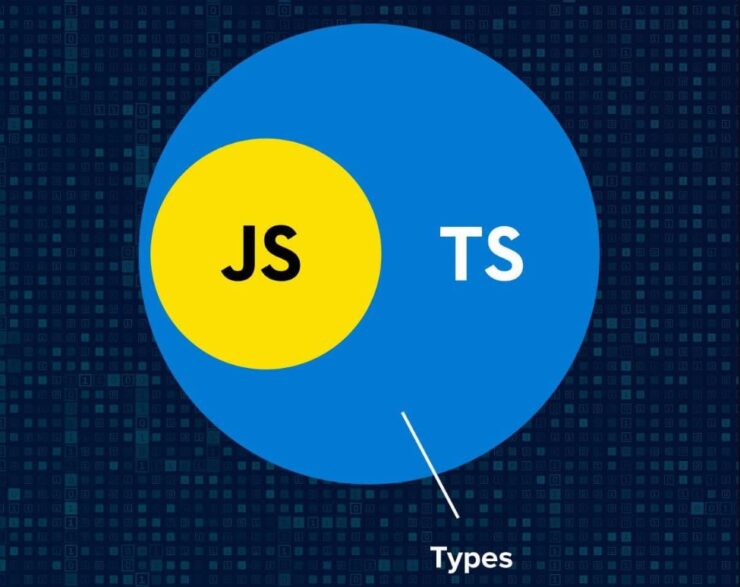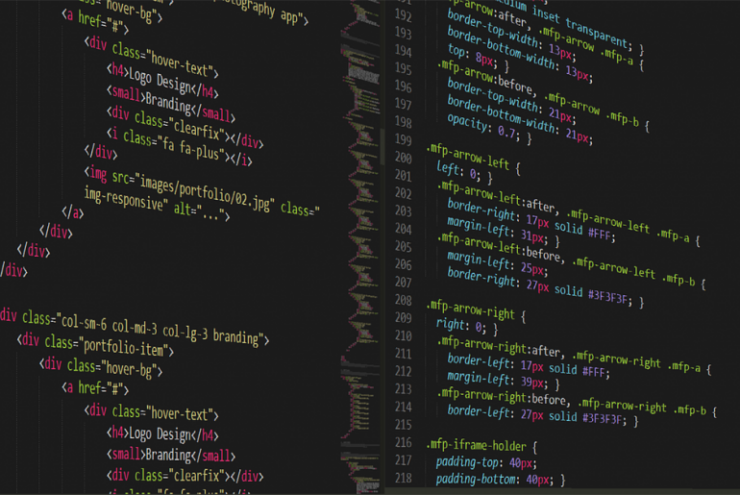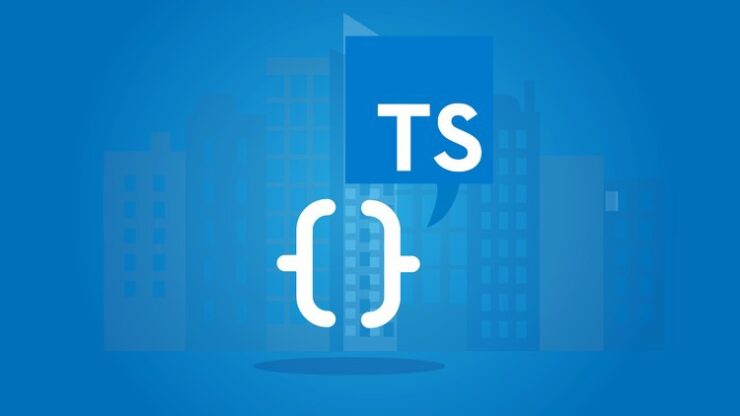Choosing the right language for the purpose your software development company is looking for can be quite difficult. There are too many options, and it all depends on how familiar your programmers are with the language. However, since everyone knows JS, this makes TS the greatest upgrade you can find.
Typescript is the solution used by more than seventy percent of companies, and that is for a reason. The language possesses many qualities and benefits such as easier code control and fewer errors which makes the job significantly easier.
But how to migrate the code to TS, and how to make that whole process simpler? To make thing clearer, we made this article with a couple of practical tips for transferring the code from JS to TS. Keep reading and find out more.
1. Understand your needs

Before you get involved in the code migration process, you have to understand what your current language lacks, and what are you trying to achieve with TS. This is highly important so you can know whether this is the right move for your project.
For example, TS provides easiness to understand the code both for the newbies who are just starting, as well as experienced programmers. In addition, the migration process is relatively simple, which provides a shorter time to get used to the software.
There are plenty of benefits that TS offers, with proper writing guidelines, support, and quick compiling time. It is also important to note that TS uses the same code as JS which makes this option the perfect upgrade.
2. Gather the whole team
While going through such a process, it is important to have the whole team gathered for a discussion. Many people will have to work on the migration, and it is great to hear everyone’s opinion on whether this is the right move.
Normally, there are lots of languages. For that reason, you can do a comparison of popular options and decide depending on the features they offer. Which language shows better for fulfilling your goals, and is easier to work with, should be chosen. Additional information and consultation about typescript development can be found at https://serokell.io/typescript-development.
Not only does getting the opinion of your whole team leads to a better decision, but they will feel involved in the decision making which increases their satisfaction. In addition, they can ask plenty of questions during this meeting so they can get all their concerns answered.
3. Do a gradual migration of your files

Depending on how big your current code is, this is not a process that can be done at once. This includes changing the format of your files, adding a signature, and creating various types, while having complete control over the process.
For that reason, instead of doing everything at once and creating chaos, it is better to do a gradual migration. With that, everyone from your team will transfer a certain number of files each day which does not disrupt the usual workflow and workers have less stress. In addition, doing things slowly will prevent any unexpected breaks in the project.
4. Prioritize certain code parts first
By having a large code, you might get overwhelmed at first not knowing where to start. For that reason, you have to create a strategy and understand which parts of the code hold the biggest importance and start with them.
For example, if you are working on a library, it is better to start with the interface. That way, you get the automatic completion of the code which makes the whole job faster.
In addition, you should consider going firstly with the modules that are most used throughout the program, for the purpose to complete the code automatically as well. Code that is repeated throughout the program helps with getting a large portion completed in less time.
As soon as you decide what your prioritization will be, get to work. By finishing the prioritized parts, you are getting directed to where the migration goes next.
5. Compile both codes during the process

Because of the progressive migration, the program has to withstand the stage where you are in the middle of the process. By standing in the middle of both languages, there is a possibility of issues during the compiling and regular testing.
For that reason, it is best to create separate compilers for both JS and typescript. That way, not only do you stabilize the system but compiling shows certain errors that could’ve been made during the transfer so you get to fix them on time.
6. Consider working with TS professionals
While this is a process that can surely be done manually, sometimes we are overwhelmed with work and are desperate for help. Luckily, some companies offer professional help ranging from consultations and advice on how to overcome a problem, to doing the migration process for you.
With great expertise and many years of experience doing the transfers from one to another language, you can expect quickness and effectiveness. In addition, your project can be well optimized and you get the chance for future maintenance in case you run up into a problem you find difficult to solve.
7. Learn more about TS

Reading and learning more about TS during the migration process is essential. That way, you understand more about the order of words in which the language works as well as how the compiler works. Expanding your knowledge about TS can be done through books as well as YouTube, visiting forums, and other written forms.
Although the transfer process is straightforward, there can be many points where things can get complicated. With that, the more informed you are, the quicker the solution and better the outcome will be.
In addition, learning more about the program means learning the depths of your current code. That way, you can replace certain lines and create a more efficient and prevent potential errors. This will grant you knowledge that will serve you in the future to be quicker, more effective, and solve certain mistakes faster.

